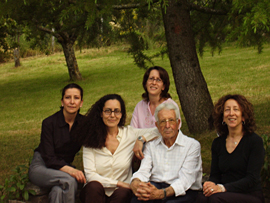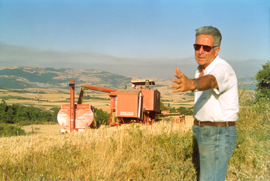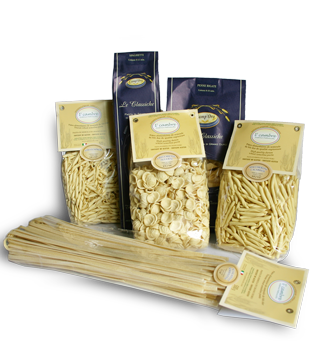Farro
Farro is the oldest cultivated grain in the world. Extremely popular in the Middle East during biblical times, faro is able to grow in poor soil conditions and is naturally resistant to fungus. Farro has lost popularity during modern times because it is low yielding wheat compared to other varieties. Farro is a distant cousin of modern wheat and is very similar and taste to spelt.
Despite this, farro is still grown, both wild and cultivated. It is popular food in Italy, parts of Europe, Asia and parts of the Middle East. When faro is harvested, it is divided into three grades, long, medium and cracked. The grain looks like a plump barley grain.
NUTRITIONAL VALUE OF FARRO
Farro is a whole grain that is an excellent source for complex carbohydrates. Additionally, faro has twice the fiber and protein than modern wheat. Different than some other whole grains, a carbohydrate in faro called cyanogenic glucosides has been found to stimulate the immune system, lower cholesterol and help maintain blood sugar levels. While faro does contain gluten, the gluten molecules are weaker than modern wheat, making it more easily digested.
• 170 calories
• 1.5 g of fat
• 0 g saturated fat
• 0 mg of sodium
• 34 g carbohydrates
• 5g de dietary fiber
• 2 mg iron
• 6 g de protein
• 4 mg of niacin
• 60 mg of magnesium
• 2 mg zinc
In addition to minerals and vitamins, faro is rich in antioxidants, phytonutrients, lignans and betaine. Betaine, when combined with choline, has been shown to prevent or reduce stress-included inflammation, which can be beneficial for individuals suffering from certain medical conditions.
COOKING FARRO
To consume faro, you must first soak the grain, Farro has chewy, firm texture. Simply boil the grain in a 2:1 ratio of water to faro. Simmer for 25 to 35 minutes. Drain any absorbed liquid.
In Italy, the most common way to eat faro is by adding it to soup. Farro can be served al dente in salads for a nutty texture. Farro can also be used to make pasta and bread. Additionally, Farro can be interchanged in recipes calling for barley, spelt and quinoa.
Products available
- Spaghetti
- Linguini
- Penne rigate
- Tortiglioni
- Gnocchetti sardi
- Casarecce
- Spelt flower
- Chick pea flower
- Corn semolina
|
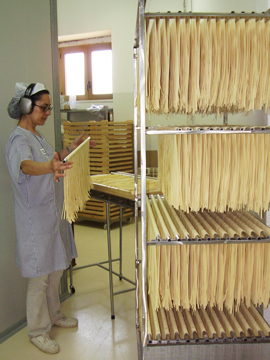
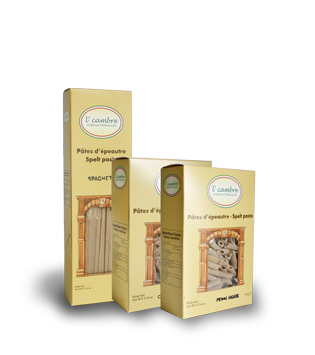
|



